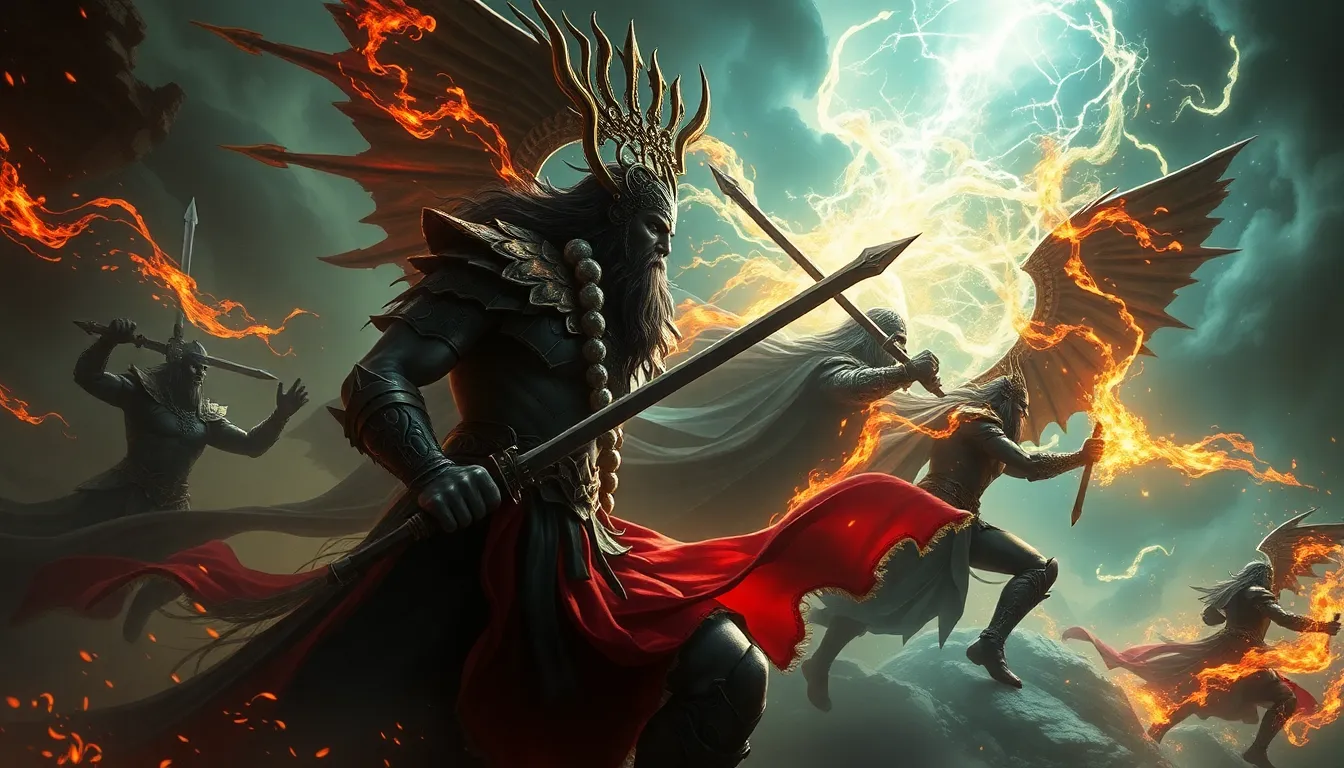The Mythology of the Pawnee Tribe
The Pawnee tribe, an indigenous people of the Great Plains, held a deeply spiritual and complex mythology that shaped their cultural identity and practices. Their belief system encompassed a rich tapestry of creation myths, supernatural beings, sacred rituals, and ethical teachings.
1. Creation Myth
At the heart of Pawnee cosmology lies the creation myth, which recounts the genesis of the world and all things within it. From the vast expanse of nothingness, Tirawahat, the Supreme Being, emerged and breathed life into existence. He created the sky, the earth, the waters, and all living creatures, including humans.
2. Tirawahat
Tirawahat, often referred to as the "Great Spirit" or "Father," is the central figure in Pawnee mythology. As the Supreme Being, he is omnipotent, omniscient, and the creator of all things. Tirawahat embodies the forces of nature and maintains the cosmic balance. He is revered as a benevolent and guiding force in the lives of the Pawnee people.
3. The Four Sacred Directions
The Pawnee believed in the significance of the four sacred directions: north, south, east, and west. Each direction was associated with specific elements, colors, and spiritual powers. North symbolized night, cold, and wisdom, while south represented day, warmth, and growth. East was associated with life, spring, and vitality, and west with death, autumn, and introspection.
4. The Star People
Pawnee mythology includes tales of the Star People, beings who descended from the heavens to share their wisdom with the tribe. They taught the Pawnee about rituals, ceremonies, and the use of sacred objects. The Star People are said to have returned to the sky, leaving behind their teachings and guiding the Pawnee in their spiritual journey.
5. The Underworld
The Pawnee believed in an underworld, or realm of the dead, known as Kitkahahki ("ghost dance"). This realm was ruled by the Morning Star and was inhabited by the spirits of deceased ancestors. The Pawnee performed rituals and ceremonies to honor the dead and ensure their safe passage to the underworld.
6. The Role of Shamans
Shamans, known as "trappers," held a significant role in Pawnee society as spiritual leaders and communicators with the spirit world. They were believed to possess supernatural powers and the ability to heal the sick, foretell the future, and guide souls to the afterlife. Shamans underwent rigorous training and rituals to develop their spiritual abilities.
7. Sacred Bundles
Sacred bundles were central to Pawnee religious practices. These bundles contained sacred objects, such as animal skins, pipes, shells, and medicine, that represented the power and traditions of the tribe. Each bundle was associated with a specific ceremony and was carefully preserved and passed down through generations.
8. The Ghost Dance
In the late 19th century, the Pawnee participated in the Ghost Dance, a religious revival movement that swept across Native American tribes. The Ghost Dance prophesied the return of the dead, the end of white settlers, and the restoration of traditional ways of life. The Pawnee embraced the Ghost Dance as a means of coping with cultural change and seeking spiritual renewal.
9. Rituals and Ceremonies
Pawnee mythology played a pivotal role in their rituals and ceremonies. The most important of these rituals included Corn Dances, which celebrated the harvest and gave thanks to the Earth; Eagle Dances, which honored the eagle as a sacred animal; and the Medicine Wheel Ceremony, which symbolized the cyclical nature of life and the unity of all living beings.
10. The Significance of Pawnee Mythology
Pawnee mythology served as the foundation for their cultural identity, spiritual beliefs, and ethical guidelines. It provided a framework for understanding the world, the human condition, and the relationship between individuals and society. The mythology shaped Pawnee art, music, storytelling, and social practices, ensuring the continuity and vitality of their cultural heritage.
FAQ
Q: What is the main deity in Pawnee mythology?
A: Tirawahat, the Supreme Being, is the central figure in Pawnee mythology.
Q: What is the significance of the four sacred directions in Pawnee cosmology?
A: The four sacred directions represent specific elements, colors, and spiritual powers. They symbolize the cyclical nature of life and the interconnectedness of all things.
Q: What was the role of shamans in Pawnee society?
A: Shamans were spiritual leaders who possessed supernatural powers and served as communicators between the physical and spirit worlds.
Q: What is the Ghost Dance?
A: The Ghost Dance was a religious revival movement that originated in the late 19th century and promised the return of the dead and the renewal of traditional Native American ways of life.



